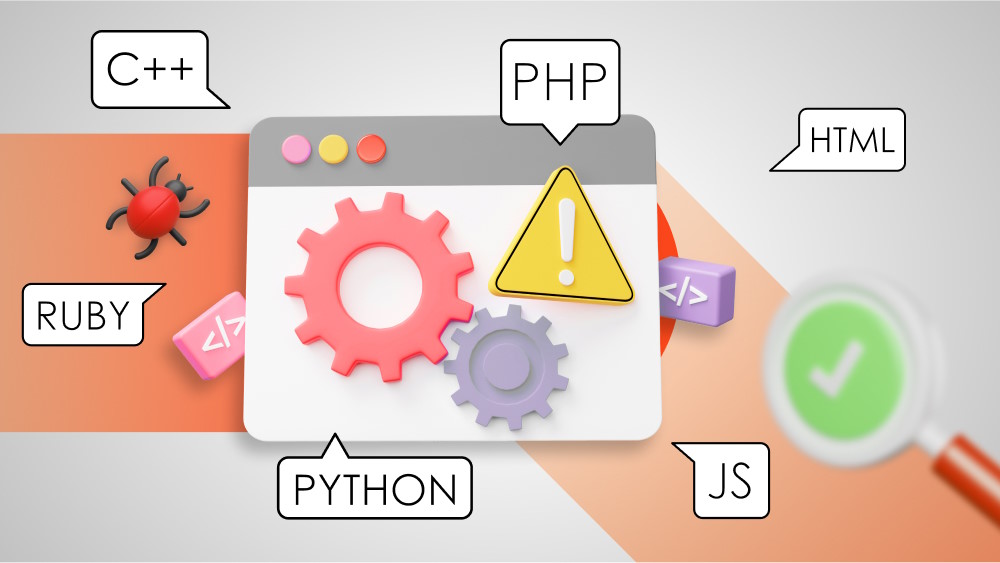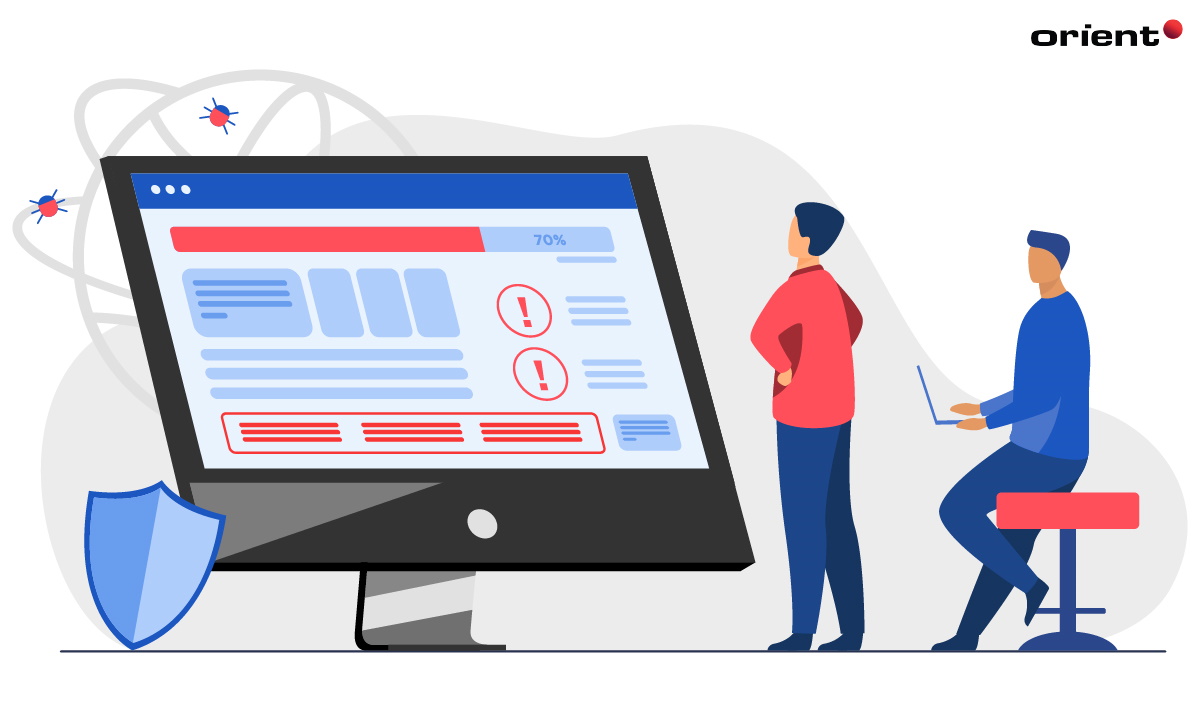
Non-Functional Testing: A Complete Handbook for Developers
Non-functional tests assess usability, performance, scalability, and security - all of which determine the success of an application.
In the software development life cycle, software testing and quality assurance are two crucial aspects affecting the quality and time-to-market of the final outcome. A software product will never be considered complete or able to make its way to the market if it is not thoroughly vetted and deemed usable by a quality assurance (QA) team. That’s why an effective quality assurance process and a great QA team are always crucial to the success of any software development project. However, how can you tell if your testing team is effective? Unfortunately, there will never be a one size fits all structure for a “dream quality assurance team” since it depends upon the specific requirements and scope of the project. However, we can still look into the key roles and responsibilities that are included in almost every successful QA team.
As its name suggests, a quality assurance team or QA team is a group of individuals who are tasked with ensuring that the software development process and the final outcome adhere to all quality standards before deployment. The quality assurance process usually begins at the early stages of software development and continues all the way until the product is ready to be released. Throughout the software development lifecycle, the QA team will be responsible for various tasks such as requirements gathering, creating test plans, writing test cases, executing tests, documenting results, and reporting bugs. Usually, QA teams leverage a combination of testing methods and types, including both manual testing and automated testing. In some cases, the QA team may also be responsible for regression testing, performance testing, and security testing.
Like a mobile app development team or any other team, a QA one is also composed of a variety of roles, not just testers like most people think. And each team member will take on different responsibilities and handle different tasks, so their roles are all equally requisite. The structure and size of a QA team are primarily decided on the specific requirements as well as the scope of the project.
Unlike what people often think about a QA team full of testers only, a successful team is made of various professionals whose roles are different yet fundamental within the testing process. By working hands in hands, these roles help to deliver the best quality assurance processes. Broadly speaking, these are the key roles that make up a complete QA team structure:

The quality assurance or test manager is in charge of leading and managing the entire team. Playing the role of the QA department head, the QA manager will be the one who prepares the test strategy for the project, come up with the to-do list, and assigns tasks to each team member. Therefore, he or she must have an in-depth understanding of the project requirements in order to set the metrics for software quality, calculate the testing budgets, and estimate effort and time. During the testing process, the test managers will stay on the progress and performance of the team to give support or guidance right when necessary. QA managers are also the auditors of the QA process and documentation to make sure everything is on the right track. If not, the adjustments must be made in a timely manner.
Moreover, he or she also plays the role of a bridge between the development team and the test team, ensuring that everyone is on the same page. If this is a dedicated team, then a QA manager will be the speaker on behalf of his/her team members to communicate and work with the clients. Bearing such critical tasks, a test manager should be the first to employ as the backbone of a great software testing team.
A team leader takes the responsibility of supervising and coordinating the activities of the whole QA team. A QA team lead can collaborate more closely with the team members and also work with them on more nitty-gritty details compared to a manager. If necessary, he/she can also get his/her hands dirty with writing and executing test cases. When errors occur, the team lead will decide where to direct the team’s efforts to. Consequently, having strong technical expertise and managerial abilities is compulsory for this position. Furthermore, the QA team lead will also be in charge of creating and maintaining the test plan as well as documenting all test results.
As its name suggests, the role is mainly about preparing the test infrastructure for the project and working out the method to optimize the testing process to the fullest. This ranges from choosing and setting up the testing tools to configuring the test environment. The test architect must understand the requirements and align with the team’s resources, the company’s infrastructure, and the testers’ competencies, thereby coming up with a feasible solution that meets all the needs.
These QA engineers are tasked with conducting various manual tests in order to verify the functional and non-functional standards of software from the end-user perspective. Their duties are to analyze the requirements, develop the test cases accordingly, and execute those test cases to detect performance issues and anomalies. If there are bugs or errors, the manual testers immediately report them to the development team so that the software developers can take action to debug and fix the issues promptly. Additionally, the manual testers have the responsibility to verify the consistency of the software across multiple devices and platforms.
Such manual testing processes will be conducted before and after release to ensure the final product is bug-free and functional as initially planned. Because of the specific tasks, the manual software test engineer is entailed to possess decent analytical as well as communication skills and the ability to write clear and detailed bug reports and also improvement lists.
The test automation engineers are responsible for automated tests. By leveraging various test automation tools (such as Selenium, Appium, QTP, and so on), these QA testers build up the framework as well as write, execute, and maintain the test scripts simultaneously in order to check the software performance in specific conditions, such as lead, stress, spike tests, etc. The roles and responsibilities of these specialists are also to automate QA processes so that the testing process can be done more efficiently with less human effort while not compromising product quality.
For example, when there is a new build, these automation QA engineers will automatically run the tests on that build and report any bugs found by email or other channels for further actions from the development team. They also need to constantly improve and update their automated testing framework as new challenges and risks arise during the software development life cycle. To do all that, they must have both theoretical and practical knowledge about software testing best practices, along with strong programming skills in at least a few common scripting languages (such as Java, Python, or JavaScript).
The QA or test analyst is the master of project documentation within the team. They are a little bit more into business acumen than the technical aspects, and they are to liaise with the business analyst or product owner to understand the user requirements and convert them into testable conditions for the QA team. They also need to define success criteria together with other stakeholders and develop a proper testing strategy that ensures the quality goals of the project are met throughout its lifecycle. The QA analysts will be in charge of various tests such as functional testing, usability testing, compatibility testing, performance testing, etc. Based on the test results, they will generate reports and present those to stakeholders to help them make informed decisions about whether the software is good enough to be delivered to customers or not.
Now that we have got the basic structure of a quality assurance team, you can hit the ground running and assemble one for your own project. But before that, make sure you know just what to expect from your QA specialists. However, if building a quality assurance team from scratch is not your thing, or you merely have no resources to employ an in-house one, outsourcing to a third-party vendor for QA and software testing services is a great idea. There is a vast ocean of service providers out there, but only Orient Software can be the one that can tailor the solutions for your niche requirements and offer a reasonable price in exchange for best-in-class quality. Feel free to approach us today for more information.
Non-functional tests assess usability, performance, scalability, and security - all of which determine the success of an application.
Have you paid enough attention to quality assurance? In software development, QA plays a crucial role, and you will find out about it in this post.
Watch out for these latest trends in software testing if you don’t want to be left behind in 2024.
Not sure if you should implement manual or automation testing into your software project? Here is how to choose the right testing method for you.
Manual and automated software testing and careful planning is integral to a successful testing process. Here are 7 ways to achieve just that.





